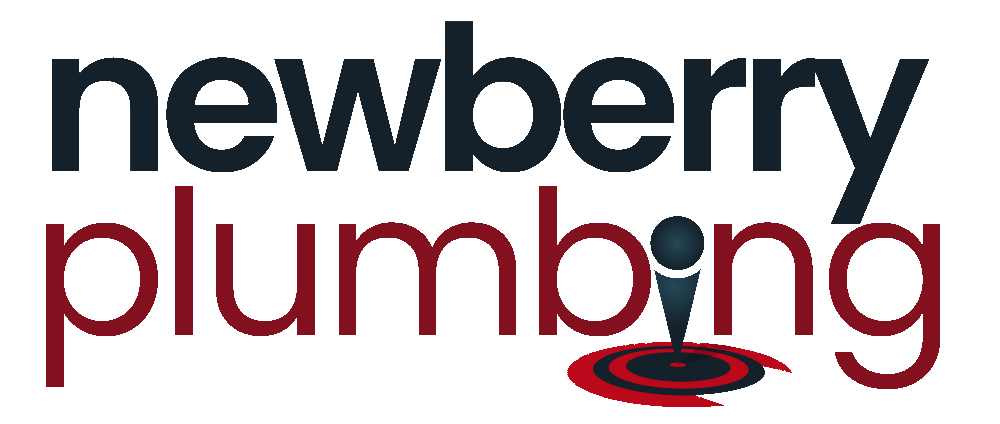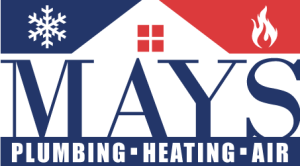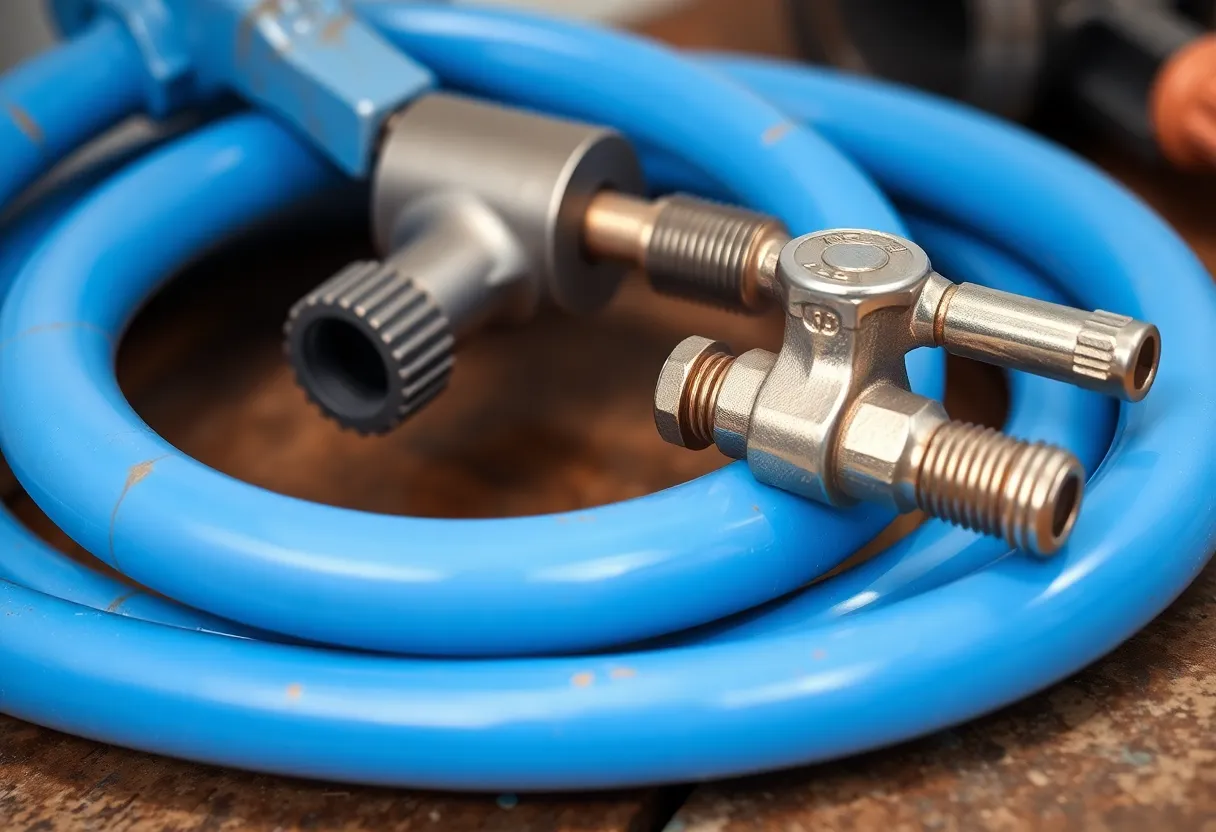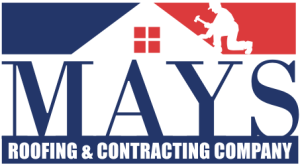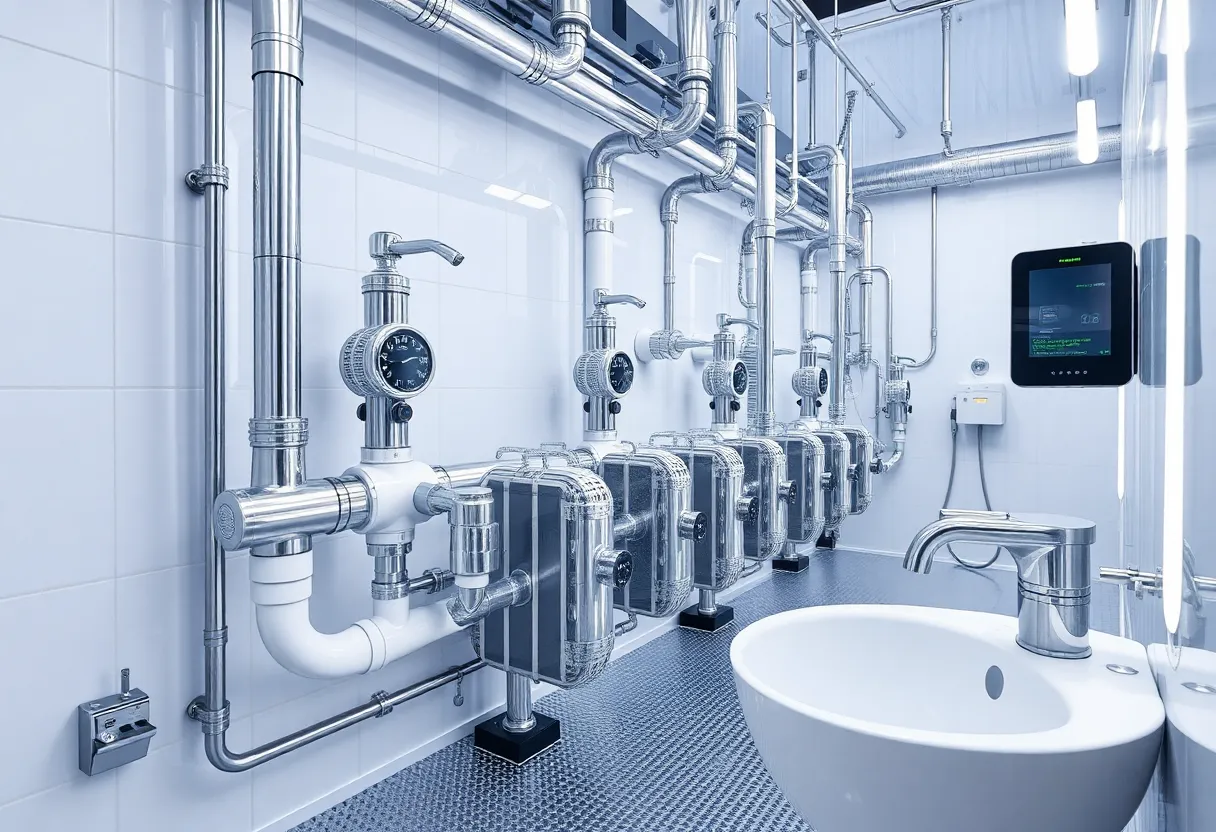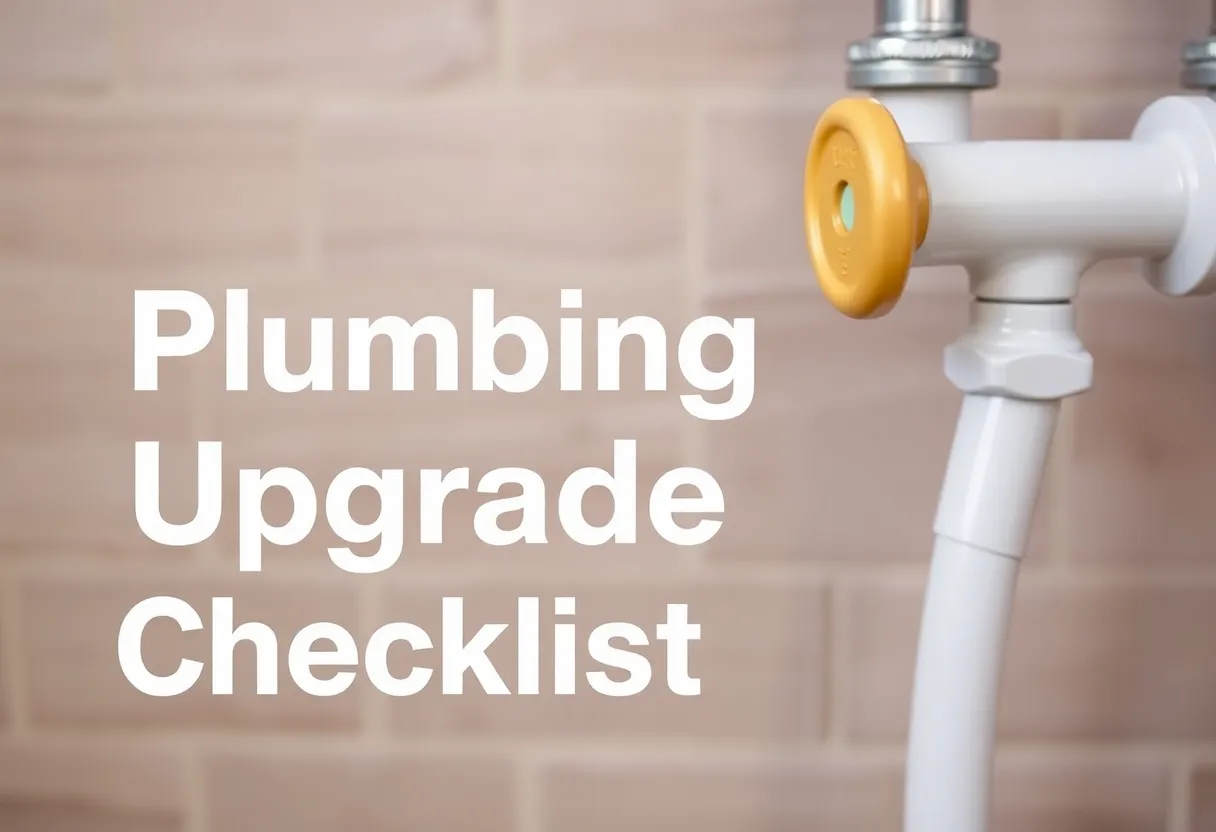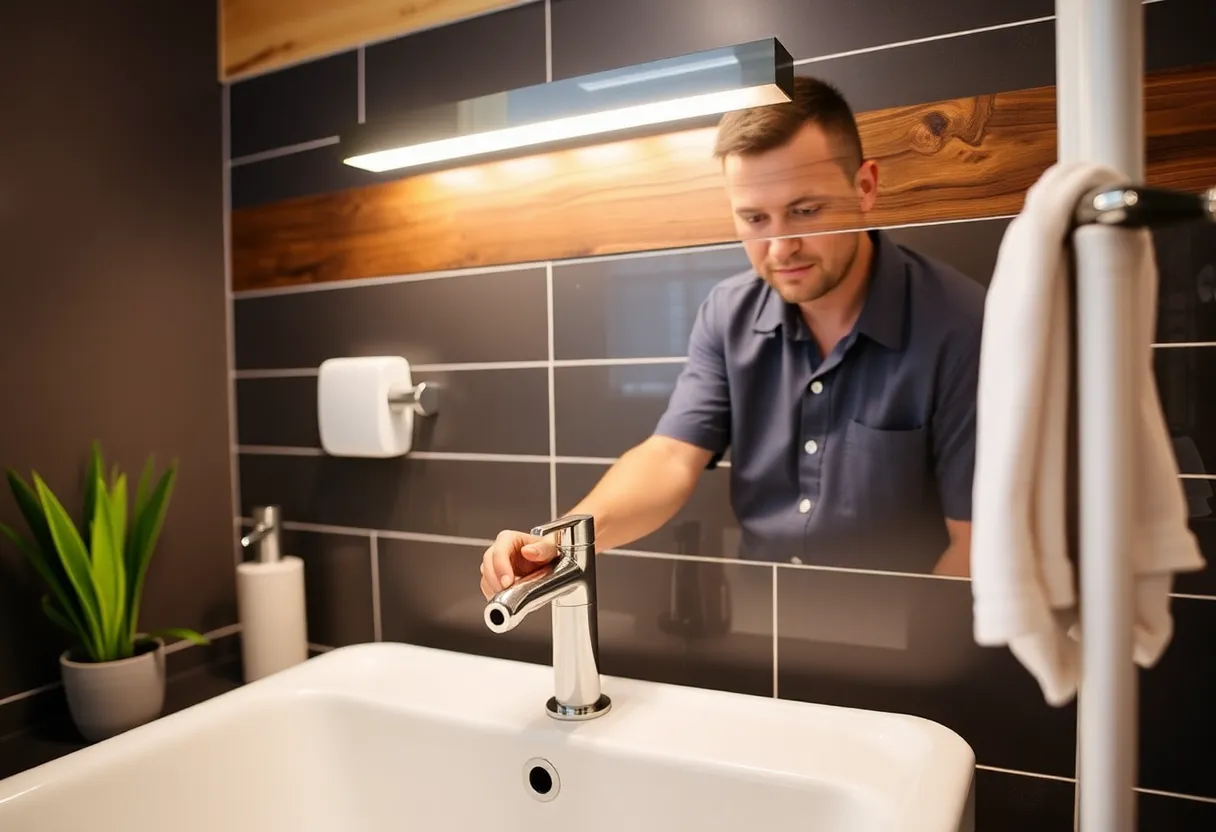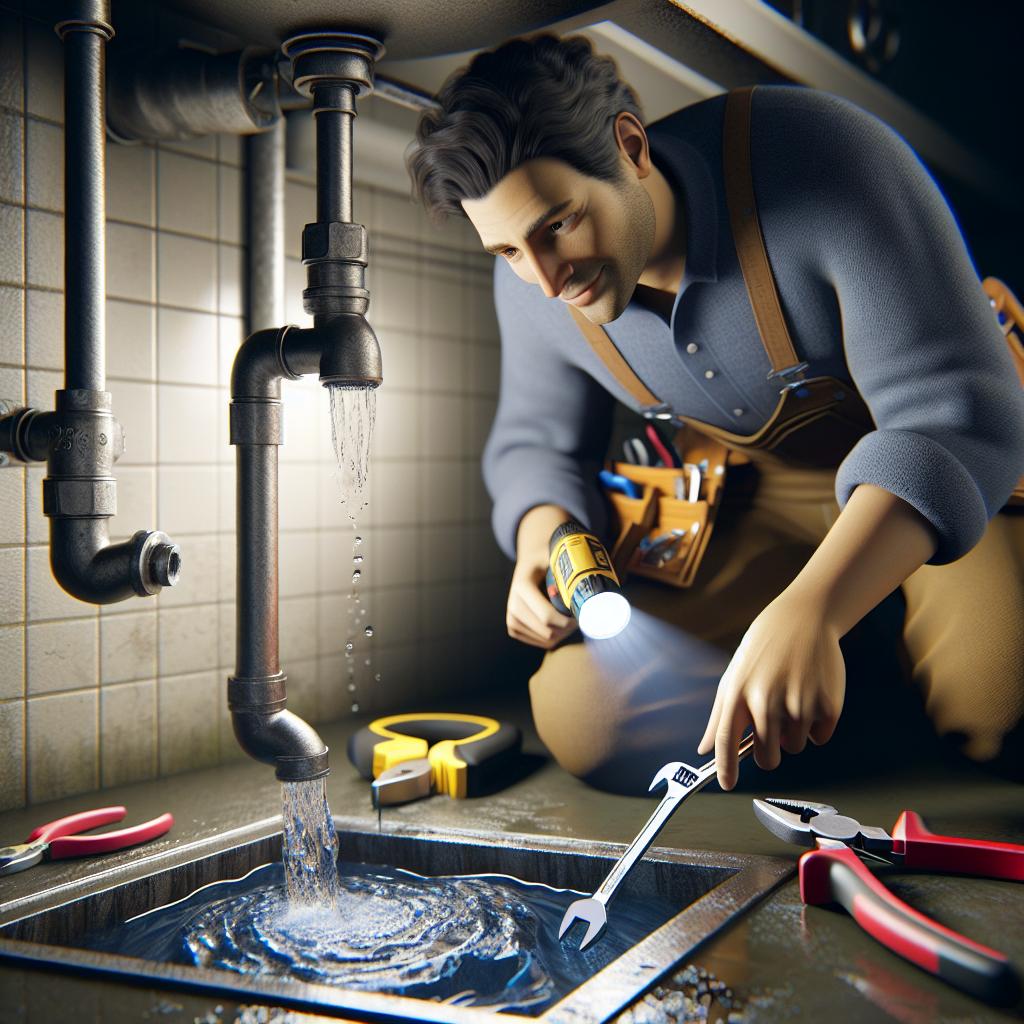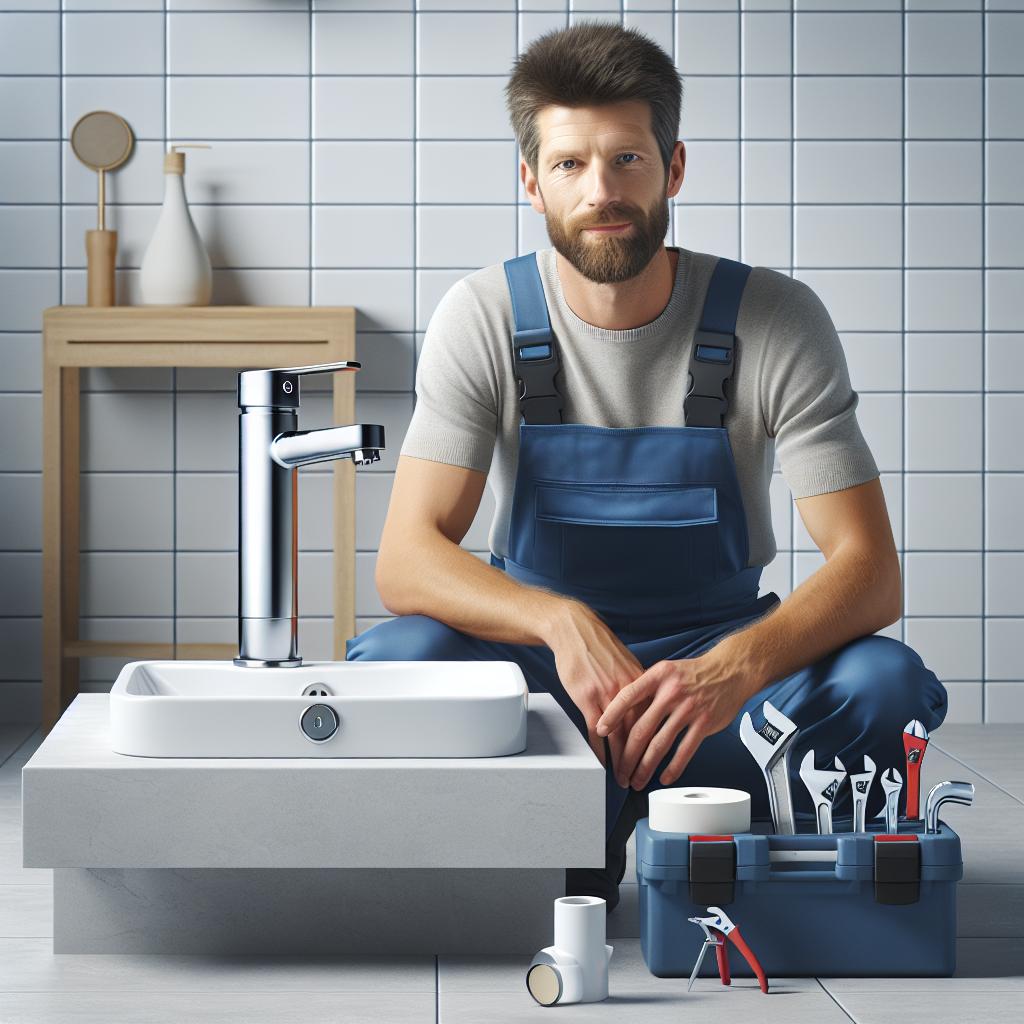The Plumbing Discovery: 10 Essential Tools You Didn’t Know Could Save You Big on Repairs
When it comes to home maintenance, plumbing is often an overlooked area despite its critical importance. A sudden pipe leak, a clogged drain, or a malfunctioning toilet can quickly turn into a major headache if not addressed promptly. But what if we told you that there are tools available that could save you both time and money on plumbing repairs? In this article, we will explore 10 essential plumbing tools that every homeowner should consider adding to their toolkit. These tools are not only useful for professional plumbers but can also empower you to handle minor plumbing issues on your own.
1. Pipe Wrench
The pipe wrench is a staple in any plumber’s toolkit. This tool is specifically designed to grip and turn pipes and is adjustable to fit different sizes. Whether you need to remove an old faucet or tighten a loose connection, a pipe wrench will give you the leverage needed to make the job easier and more effective. Investing in a quality pipe wrench can save you from damaging your plumbing fixtures or incurring costly repair bills.
Types of Pipe Wrenches
There are several types of pipe wrenches:
- Aluminum pipe wrench: Lightweight and rust-resistant, ideal for most plumbing tasks.
- Heavy-duty pipe wrench: Best for larger pipes, offering maximum torque.
- PVC wrench: Specifically designed for gripping plastic pipes without causing damage.
2. Plumber’s Snake
Also known as a drain snake, a plumber’s snake is an essential tool for clearing clogged drains. This flexible tool can reach deep into pipes to break up blockages that a standard plunger can’t handle. If you’re facing slow drains or complete blockages, a plumber’s snake can save you the cost of hiring a professional to clear the pipes.
How to Use a Plumber’s Snake
Follow these simple steps to use a plumber’s snake:
- Insert the snake’s head into the drain opening.
- Rotate the handle to allow the snake to navigate through the pipes.
- When you encounter resistance, pull back gently and twist to break up the clog.
- Once cleared, flush the drain with hot water to ensure it’s fully unblocked.
3. Adjustable Wrench
An adjustable wrench is another versatile tool that every homeowner should have. This useful tool can grip nuts and bolts of various sizes, making it perfect for plumbing fixtures that may not require a full pipe wrench. Using an adjustable wrench can help you avoid rounding off the edges of fasteners, which can complicate repairs down the line.
Benefits of an Adjustable Wrench
- Versatility: Suitable for various home improvement tasks.
- Easy to Use: Can be adjusted easily to fit multiple sizes.
- Compact Design: Easy to store and carry around.
4. Basin Wrench
A basin wrench is specifically designed for tightening and loosening nuts and bolts on faucets and other tight spaces. Its unique design makes it easier to reach those tricky spots underneath your sink. This tool can save you the expense of hiring a plumber for simple faucet installations and repairs.
How to Use a Basin Wrench
Using a basin wrench is straightforward:
- Position the wrench over the nut to grab it securely.
- Turn the handle to loosen or tighten as needed.
- Ensure proper alignment to avoid damaging the faucet or sink.
5. Teflon Tape
Often underrated, Teflon tape can save you significant amounts of money by preventing leaks in threaded pipe connections. This tape is inexpensive and incredibly easy to use. Simply wrap it around the threads of pipes before connecting them, and you’ll create a watertight seal. It’s an essential item for any DIY plumbing job.
Benefits of Teflon Tape
- Cost-effective: A small investment that can save you from larger repair bills.
- Easy to Use: Requires minimal skill or tools to apply effectively.
- Durable: Resists aging and deterioration, making it long-lasting.
6. Plunger
The simple yet effective plunger should be in every homeowner’s cleaning cabinet. While it might seem basic, a good-quality plunger can be the first line of defense against clogs in toilets and sinks. Using a plunger can often resolve many minor plumbing issues without the need for additional tools or services.
Types of Plungers
There are two main types of plungers:
- Flange plunger: Best for toilets due to its extended rubber flap.
- Cup plunger: Suitable for sinks and flat surfaces.
7. Pipe Cutter
If you’re planning on replacing pipes, a pipe cutter is essential. Unlike a saw, which can create rough edges, a pipe cutter creates clean, precise cuts, making it easier to connect new sections of pipe. Making sure pipes fit snugly and properly will save you from leaks and other issues down the road.
How to Use a Pipe Cutter
Using a pipe cutter involves the following steps:
- Place the pipe cutter around the pipe where you want to cut.
- Twist the handle to tighten the cutter onto the pipe.
- Rotate the cutter around the pipe to create a clean cut.
8. Water Meter Key
A water meter key is a vital tool for accessing your water meter without having to dig around. This handy device allows homeowners to turn off water supply lines during emergencies or repairs. Having a water meter key can save you valuable time when facing an unexpected plumbing issue.
Using the Water Meter Key
The process is simple:
- Insert the key into the water meter valve.
- Turn it clockwise to shut off the water flow.
- To restore the supply, just turn it counterclockwise.
9. Pipe Inspection Camera
Investing in a pipe inspection camera can save you significant amounts on plumbing repairs. This high-tech tool allows you to view the inside of pipes without invasive digging or disassembly. If you suspect a blockage or damage in your plumbing system, a pipe inspection camera can provide you with essential information to determine the best course of action.
Benefits of a Pipe Inspection Camera
- Non-invasive: Minimizes damage to your property while diagnosing issues.
- Accurate: Provides real-time footage of your plumbing problems.
- Saves Time: Helps to quickly identify issues and appropriate solutions.
10. Cordless Drill
Finally, a cordless drill can be one of the most versatile tools in your home repair arsenal. From installing new fixtures to drilling holes for pipe support brackets, a cordless drill is a valuable investment. It allows for quick and efficient work, enhancing your overall DIY plumbing capabilities.
Benefits of Using a Cordless Drill
- Portability: No need for a power source, making it easy to maneuver.
- Versatile: Can be used for various home improvement projects, not just plumbing.
- Time-efficient: Speeds up tasks that would otherwise take longer with manual tools.
Conclusion
With these 10 essential plumbing tools, you can empower yourself to tackle minor plumbing issues confidently, potentially saving large sums of money on repairs. By investing in these tools, not only do you ensure that you’re prepared for unexpected plumbing emergencies, but you also gain the satisfaction that comes from successfully fixing an issue on your own. Don’t wait for a plumbing disaster to strike—consider adding these tools to your home today!
